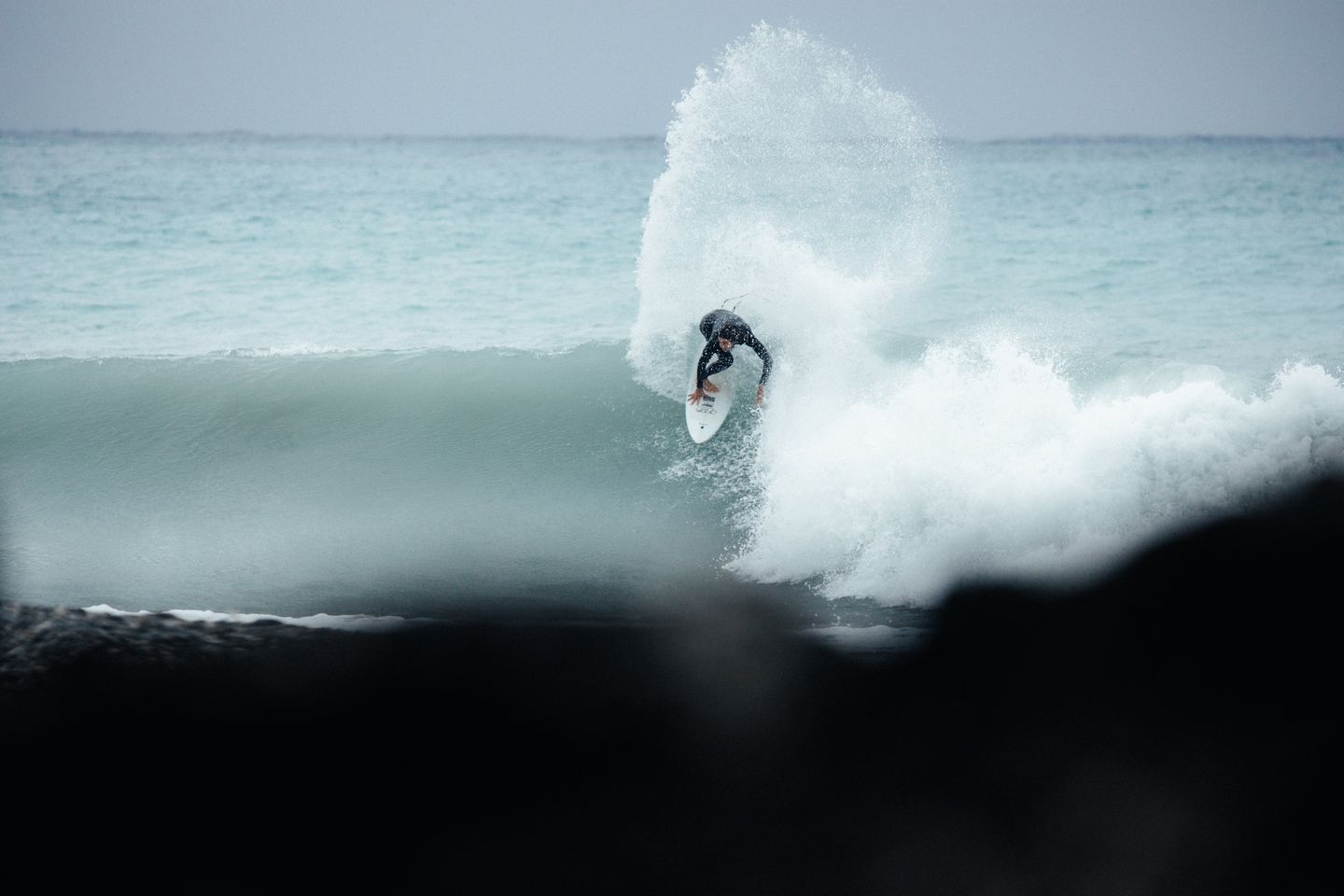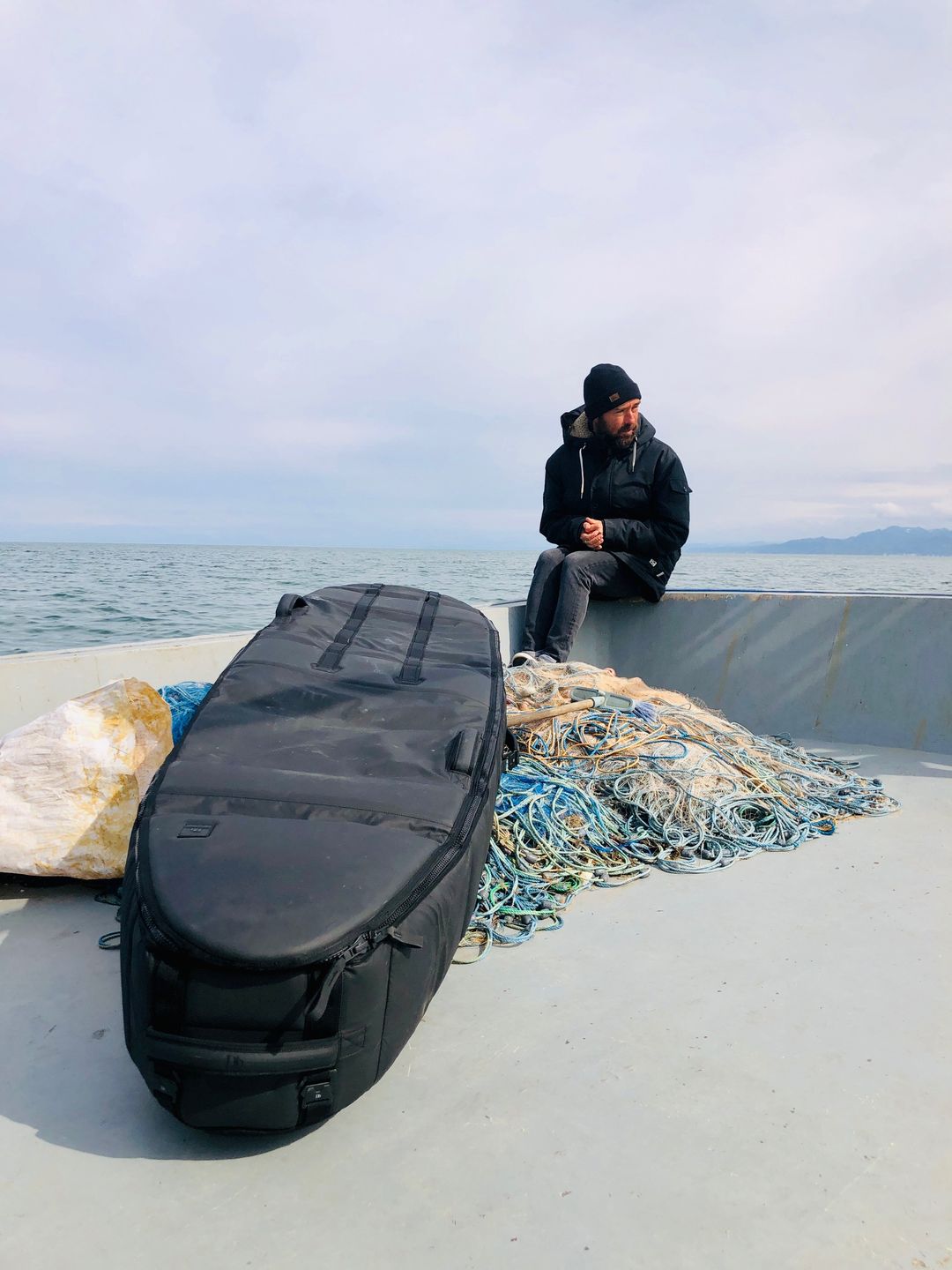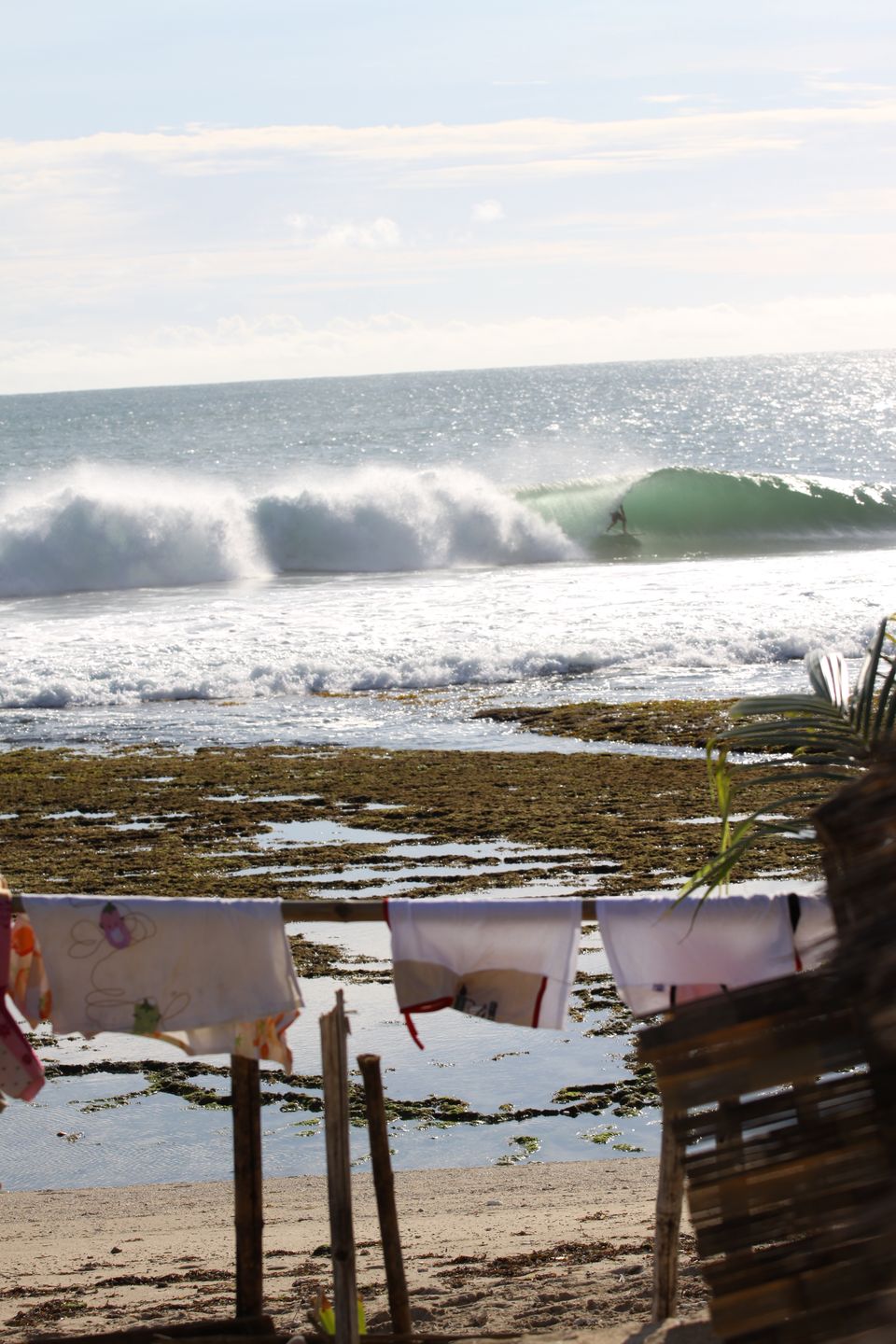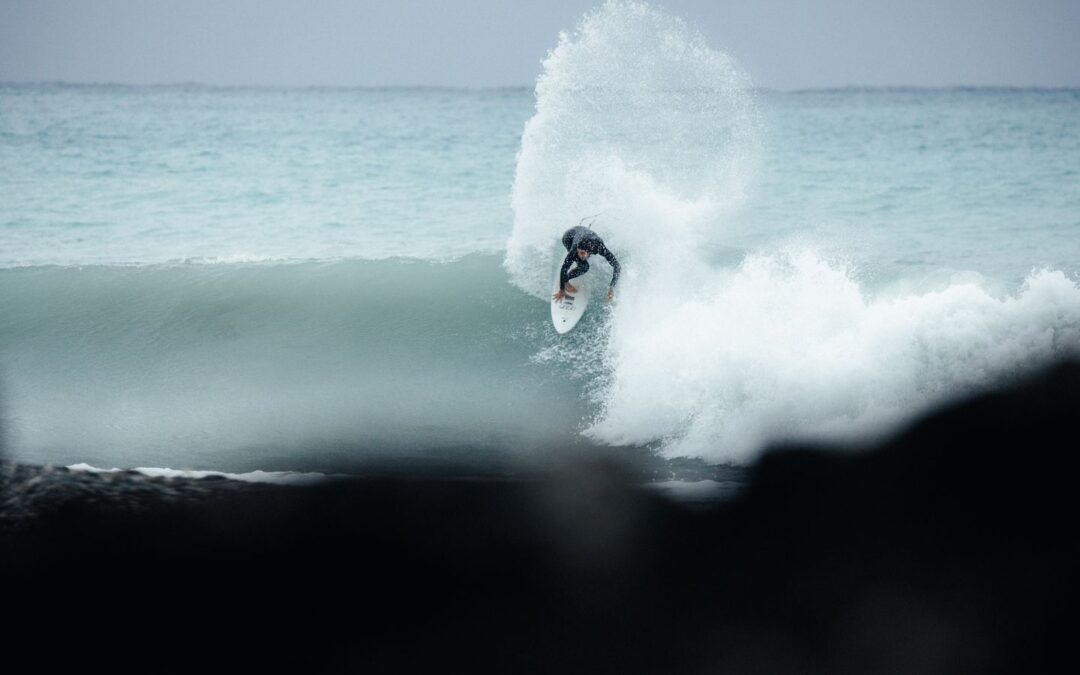
How To Be The Best Unlocal You Can Be: (To Get As Many Waves As You Can)
Tips and tactics from the world’s best surfers, including Nathan Florence, Mason Ho, Tosh Tudor, Kepa Acera, and Craig Anderson
Travelling and being an unlocal are two sides of the same coin. You can’t have the yin of surfing new waves far from home, without the yang of paddling out on someone else’s turf. However, there are different ways of navigating the line-up that means you can spread good vibes to getter better waves. But don’t take our advice, let the world’s best surfers talk through tactics.
Introduce Yourself
The best thing you can do, no matter where you are, is just introduce yourself to people,” Tosh Tudor recently Stab. Tudor uses a basketball analogy. “If you go play basketball, you’re not just going to walk onto someone’s court without saying anything. You should probably go and shake their hand, and say hello.”
Nathan Florence agrees. “The first thing I do when entering a crowded lineup, if it’s about 10 people out, I’ll try to say hello to everyone and just be friendly, he said on his YouTube channel recently. “I’ll individually go up and shake hands if it’s like 10 and under. Anything more than that is a little too much. You’ll be shaking a lot of hands.”
For some people, their local spot is kind of sacred to them,” Tosh said, sticking to his hoops theme. “They work and live their lives just so they can go out and get their wave at that spot. Those are the people that you end up meeting. That’s their basketball court, you know?”
Or… Don’t Introduce Yourself (aka slowly slowly catchy monkey)
“It’s ok if the people see you out there, but you don’t want them to feel you out there,” said Kepa Acero. Kepa is a Basque surfer and one of the great surf explorers of all time. Usually traveling solo, he has discovered waves in Alaska and Angola, in Patagonia and Peru. He subscribes to the slowly-slowly-catchy-monkey theory.
“Sometimes people talk super loud when they arrive at a localised wave, and I feel absolutely embarrassed for them, even if it’s not where I’m from,” he said. “It’s best to talk first with your actions, then slowly start to talk to the people, rather than starting by talking all nice to the people, and then acting like an idiot.”
The All-Important First Paddle Out and Positioning
“When I actually paddle out, I keep it low-key. Just a guy, by himself, quietly checking the waves. Head down. No strut. No sour face,” Mason Ho told Stab. “And definitely not some big, cheesy grin. You don’t want to look too happy. But you also don’t want to look pissed. It’s a balance.”
Nathan Florence is the same. “I don’t paddle and sit myself in the center of the pack, or sit myself outside of everybody,” he recommends. “Even though I can go on the next set, that doesn’t always give me the right or reason to do that.”
“I’m all for sitting wide and inside,” said freelance style guru Craig Anderson. “It means you’re not upsetting the established order, and you get to suss out the wave and the line-up. That will get you more waves down the track.”


The Actual Surfing Bit
“Don’t paddle out and start pulling back on waves. You do it once, people will be pissed, do it more than once, and you’re finished,” said Kepa. “You are better off passing a wave or handing it on to someone else than blowing it.”
Florence’s wave selection process is also worth noting. “I’m often so excited to be at a new reef and surf a new wave that every wave is exciting to me,” he says. “Forget trying to ride the best wave of the set, I have a way better time just riding what I can, versus being envious, and getting really frustrated.”
Getting In Rotation
“I always sit and wait my turn and know that I’m bottom priority when I travel. I always pay respect to the locals and the time they have put in,” said Florence. “In my experience, with that approach, eventually you will get acceptance and get in rotation for some of the good waves.”
Tosh has a far more open, philosophical approach, rather than the brass tacks of getting more waves. “When you’re kind and open, you end up meeting really cool people who know those places,” he says. “Then you form relationships with those people, and the next thing you know, you’re coming back to the area and sleeping on their couch.”
Mason again, does the yin and yang. “In short, you want to bow your head, make a little bit of eye contact, and just let them know that you’re just a man, just like them. After ten, twenty waves, if you did it right, maybe they’ll let you into the rotation.”
But we’ll finish with Florence, who sums up why we all travel in the first place. “The joy I got from surfing new waves and new places and meeting new people to me was huge. It has confirmed the direction I wanted to take with my life.”
